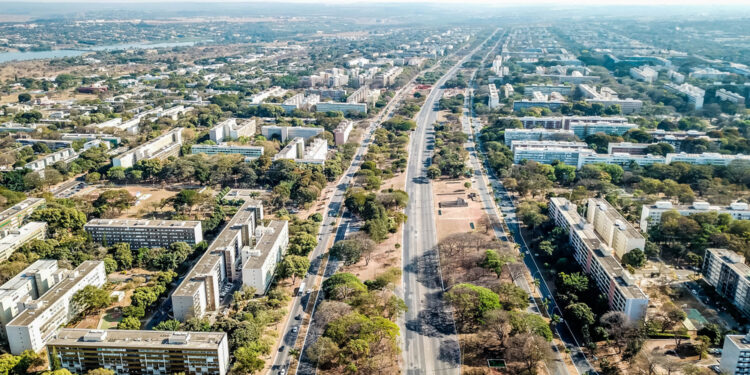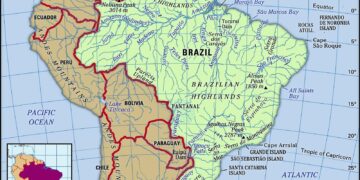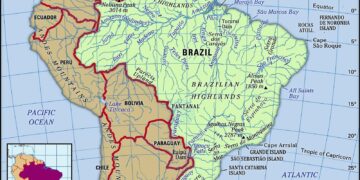– How has climate change impacted the future of the Great Barrier Reef?
Is the Future of This World Heritage Site in Danger?
In recent years, there has been growing concern over the future of many world heritage sites around the globe. These iconic landmarks, which have been recognized for their cultural and historical significance, are facing a wide range of threats that could jeopardize their existence if not addressed promptly. One such site that has been under scrutiny is the Great Barrier Reef in Australia, the largest coral reef ecosystem in the world.
The Great Barrier Reef: A World Heritage Site at Risk
The Great Barrier Reef, located off the coast of Queensland in northeastern Australia, is home to a diverse range of marine life and is considered one of the most important natural wonders on the planet. Stretching over 2,300 kilometers, the reef is a UNESCO World Heritage Site and attracts millions of visitors each year who come to witness its beauty and biodiversity.
However, the Great Barrier Reef is facing a multitude of threats that are putting its future in jeopardy. Climate change, pollution, overfishing, and coastal development are just some of the factors contributing to the decline of this once-thriving ecosystem. Rising sea temperatures due to global warming have caused coral bleaching, a phenomenon where corals expel the algae living within their tissues, resulting in death if the stress is prolonged.
The Impact of Climate Change on the Great Barrier Reef
Climate change is perhaps the biggest threat facing the Great Barrier Reef. The increase in greenhouse gas emissions has led to higher sea temperatures, which in turn have caused more frequent and severe coral bleaching events. In 2016 and 2017, the reef experienced back-to-back bleaching events, resulting in widespread coral death and significant damage to the ecosystem.
Apart from coral bleaching, ocean acidification, another consequence of increased carbon dioxide levels in the atmosphere, is also a major concern for the reef. Acidification impedes the ability of corals to build their calcium carbonate skeletons, which are essential for their survival and the overall health of the reef.
Protecting the Great Barrier Reef: Conservation Efforts and Challenges
Efforts to protect the Great Barrier Reef are underway, with various conservation organizations, researchers, and governments working together to address the threats facing this fragile ecosystem. Initiatives such as marine protected areas, sustainable fishing practices, and reducing pollution run-off are being implemented to promote the recovery and resilience of the reef.
However, conservation efforts face numerous challenges, including funding constraints, lack of political will, and competing interests from various stakeholders. The need for stronger regulations, better enforcement mechanisms, and increased public awareness are crucial in ensuring the long-term survival of the Great Barrier Reef and other world heritage sites under threat.
Conclusion
The future of the Great Barrier Reef, like many other world heritage sites, hangs in the balance. Climate change, pollution, and overexploitation of natural resources are taking their toll on these iconic landmarks, putting their existence at risk. It is imperative that we take immediate and decisive action to protect and preserve these invaluable sites for future generations to enjoy and appreciate.
By raising awareness, supporting conservation efforts, and advocating for sustainable practices, we can make a difference in safeguarding the world’s cultural and natural heritage for years to come. Together, we can work towards a future where world heritage sites like the Great Barrier Reef thrive and continue to inspire awe and wonder in all who visit them.
The city of Brasília, known for its modernist urbanism and architecture, is facing potential landscape changes as a result of a controversial bill approved by local legislators in June. This bill, known as the Brasília Urban Complex Preservation Plan (PPCUB), sponsored by Governor Ibaneis Rocha, aims to alter zoning laws to allow for new construction near the city’s iconic landmarks. Similar discussions on similar bills have been ongoing since 2009.
The approval of the bill sparked strong backlash, prompting Governor Rocha to promise vetoing the most contentious parts, despite the final draft not being public yet. The International Council on Monuments and Sites (Icomos), an advisory body to UNESCO, expressed concerns about the bill’s impact on Brasília’s World Heritage title. Local media also criticized the bill, with Metrópoles stating that it could distort the city’s original identity.
Local prosecutor Marilda Fontinele has announced plans to file a lawsuit against the bill, arguing that it goes against the local constitution. The final text of the bill, which underwent numerous amendments, is yet to be disclosed, with the legislative assembly taking a break in July to finalize the draft. Governor Rocha’s vetoes and potential legal challenges to the legislation will follow after the completion of the final draft.
The construction industry has welcomed the bill’s approval, as evident by quotes from industry representatives included in the local government’s statement. However, concerns remain about the compatibility of new constructions with Brasília’s unique architectural style defined by Oscar Niemeyer’s iconic designs.
The future of Brasília’s urban landscape hangs in the balance as the city grapples with the conflicting interests of development and preservation of its historical and cultural heritage. It remains to be seen how the bill will shape the city’s future and whether it will uphold the principles that earned Brasília its UNESCO World Heritage status.















